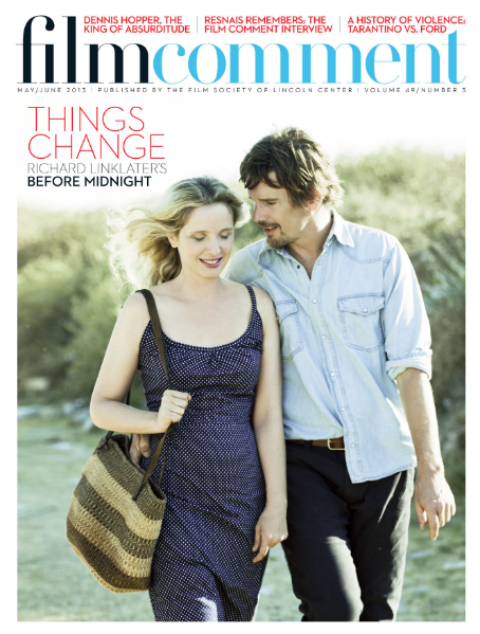
The first 20 minutes of Augustine—a film about 19th-century neurologist Jean-Martin Charcot and his most famous patient—are promising. In the title role, songwriter/actress Soko is every bit as unfettered and affecting a presence as Asia Argento or Björk, and director Alice Winocour knows how to shoot her. Augustine is sick, but what is her malady? Judging by the first scene one might surmise that she is suffering from intense anxiety attacks brought on by her under-class position. Ultimately, however, this is a film about the irrepressible explosion of jouissance that must inevitably implode the bourgeois order of things—a theme that is about as French as it gets. Winocour, a graduate of France’s film school La Fémis, seems to possess all the sophistication and eye for beauty that one associates with her fellow alumni. And yet as soon as Augustine is sent to the hospital (full of girls meant to be sick and lame but who look like they were cast by Elite Models), the film loses its footing and plateaus in a cliché doctor/patient romance.
Vincent Lindon, usually cast as a rugged working-class type, plays the doctor, a handsome but utterly humorless version of the real-life Charcot. The doctor has a wife (Chiara Mastroianni), but his moral rectitude is no match for Augustine’s seething sexual energy and dark spirituality, and anyway Mastroianni’s character isn’t given much to do except look on from the sidelines. In fact, if one were to cut together all the indiscriminate reaction shots in this film, the resulting montage would account for at least half the running time. What are all these looks meant to evoke? Not exactly a deconstruction of the orthodoxies of the 19th-century clinic or the “medical gaze,” to be sure, since Augustine seems to get just as turned on when being exhibited for an audience of male doctors as they get off watching her writhe orgasmically.

The film’s elliptical style only works if there is information to be subtracted. Add an ellipsis to an ellipsis and what you end up with is precisely nothing. The elements of the film—cinematography, costume, score, and cast—are all admirable in themselves, but together they float and dissipate like a will-o’-wisp. Trading historical detail for atmospheric sensuality doesn’t do this story justice. Simply Google the real Dr. Charcot to see just how interesting his actual biography is. Casting Lindon was a smart move in that his personality imbues the very subject of neurology and the medical gaze with a warmth and humanity that problematizes things. But for God’s sake, give the actor a few lines, some procedural language, anything!
By contrast, Tanya Wexler’s 2011 film Hysteria tells the story of the invention of the vibrator-as-cure-all through a chain of specific historical accidents and genuine character revelations. The misdiagnosis of women is rampant in medical history, and the 19th century still provides more than a few lessons for contemporary debates about such things as abortion and the sovereignty of the female body. But Augustine is not an allegory for the present day. Rather it is a softcore erotic costume drama. This does not mean that Alice Winocour doesn’t have a promising career ahead of her. Many first-time filmmakers must contend with balancing the desire for romantic images with the search for real meaning. The question is, will Winocour align herself with smart female peers like Valérie Donzelli and Mia Hansen-Løve, or will she get stuck in the wayward glamour of a Sofia Coppola production?








